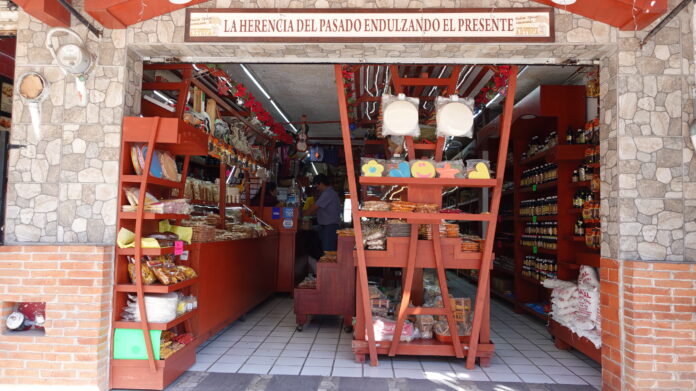Traditional Mexican Candies Yours to try. What are the traditional sweets of Mexico? Typical sweets, flavor and tradition and what they are made of. This is how today we can enjoy meringues, pepitorias, alegrías, peanut palanquetas, ate, cocadas, Glorias, crystallized fruit, jamoncillo, macaroni, muéganos, tamarinds, borachitos, cotton, sweet potatoes, marzipan, and many others that are also examples of the exquisite Mexican culinary art.
All natural made candies in Puerto Vallarta. Healthier then commercial bars.
Dulces Tipicos Mexicanos. Av Mexico 1118, Col 5 Diciembre, Puerto Vallarta. close to (Casa Ley Supermerket) conorgulloazteca@hotmail.com If you go to his store? Please let him know you saw him on this article and saw his video. He is so nice!
If you visit his store, please let him know you saw him on YouTube or on this web site. Dulces Tipicos Mexicanos con Orgullo Azteca. Ave Mexico 118, Col 5 de Diciembre Puerto Vallarta, Jalisco, Mexico. Close to Supermarket Casa Ley.
There is a wide variety of typical Mexican sweets, some more traditional and characteristic than others. Today we want to share with you 8 typical recipes that will allow you to try a wide range of flavors:
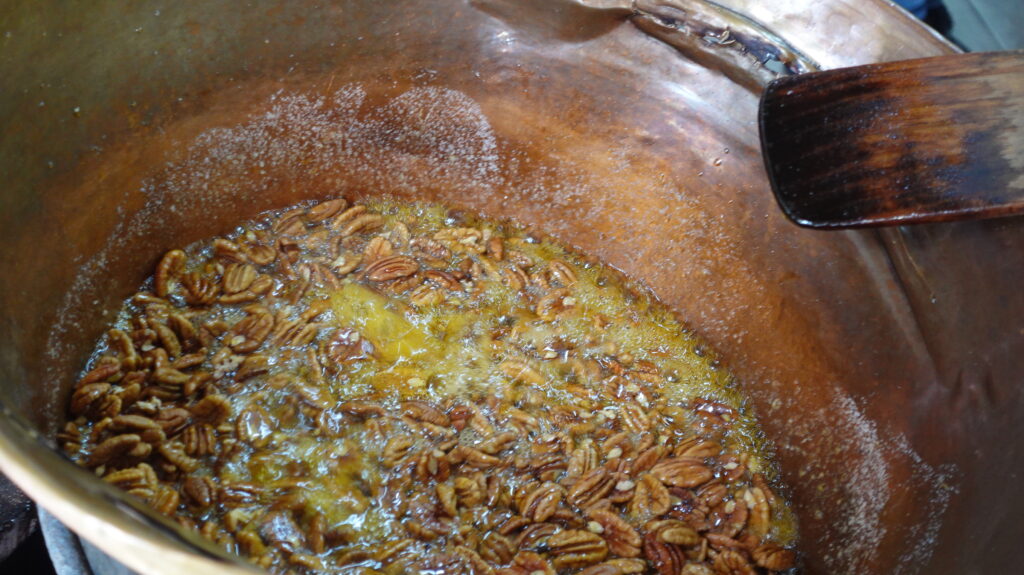
calabaza en dulce: pumpkin in sweet
camote en dulce: Sweet potato
cocadas or Mexican coconut sweets
palanqueta : jimmy
mazapán de cacahuate: peanut marzipan
dulce de tamarindo: Tamarindo candy;
cabello de ángel: angel hair;
oblea de pepita, y buñuelo: nugget wafer, and fritter
Making Candies in-house, all natural.
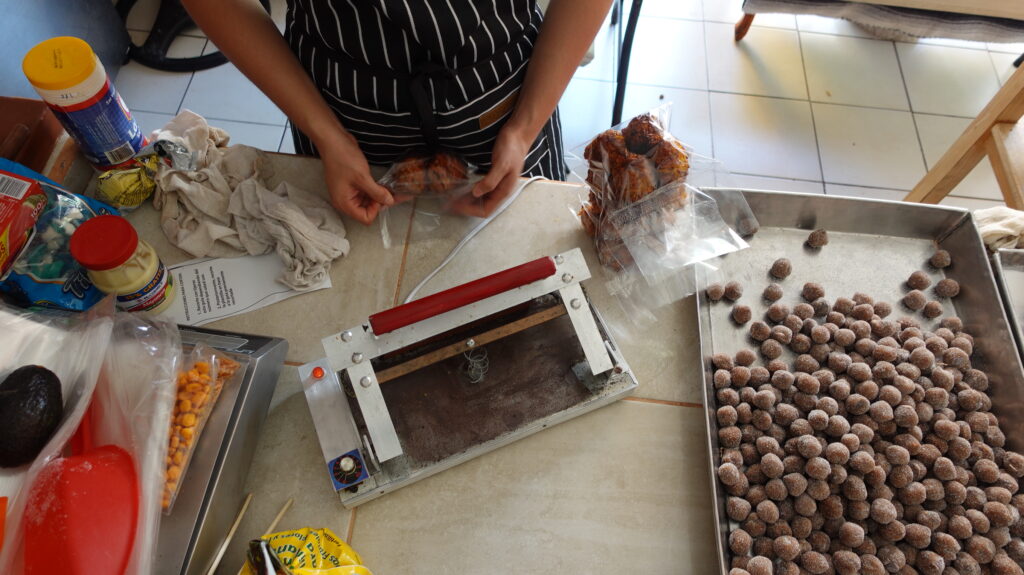
Typical sweets are part of Mexican culinary wealth, they represent their culture in the world and are almost always made by hand.
What are artisanal sweets?
So, artisanal baking differs from industrial baking due to its products free of additives and preservatives. This type of artisan sweets does not contain any type of ingredient that is harmful to our health.
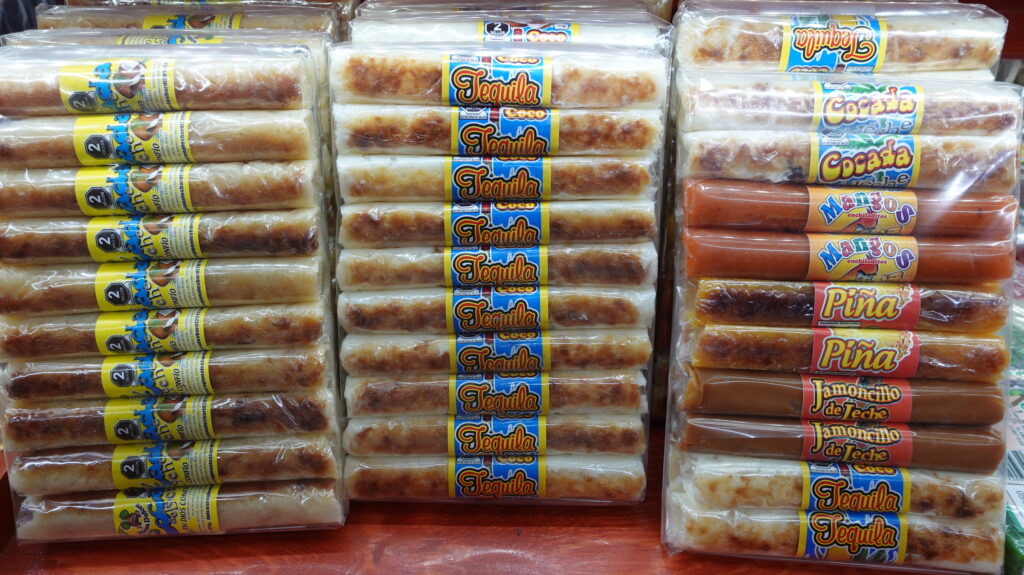
Typical sweets, flavor and tradition
Typical Mexican sweets are an important part of our gastronomy, their aroma, texture and flavor incorporate pre-Hispanic and colonial traditions.
Some history: In pre-Hispanic times, amaranth and pinole joys already existed, but over time and the combination of European and indigenous customs, an identity was created that appropriated ingredients and techniques to perfect their preparation and become the wonders that we now enjoy.

This is how today we can enjoy meringues, pepitorias, alegrías, peanut palanquetas, ate, cocadas, Glorias, crystallized fruit, jamoncillo, macaroni, muéganos, tamarinds, borachitos, cotton, sweet potatoes, marzipan, and many others that are also examples of the exquisite Mexican culinary art. Impossible not to give yourself the pleasure of trying them!
In the country there is a rich sweet tradition, so we find the typical sweet potatoes from Puebla, the cajeta from Guanajuato, the guava rolls from Morelia, the glorias from Nuevo León, and from the south the Oaxacan chocolate, all of Mexico wrapped in sweet centuries of tradition.
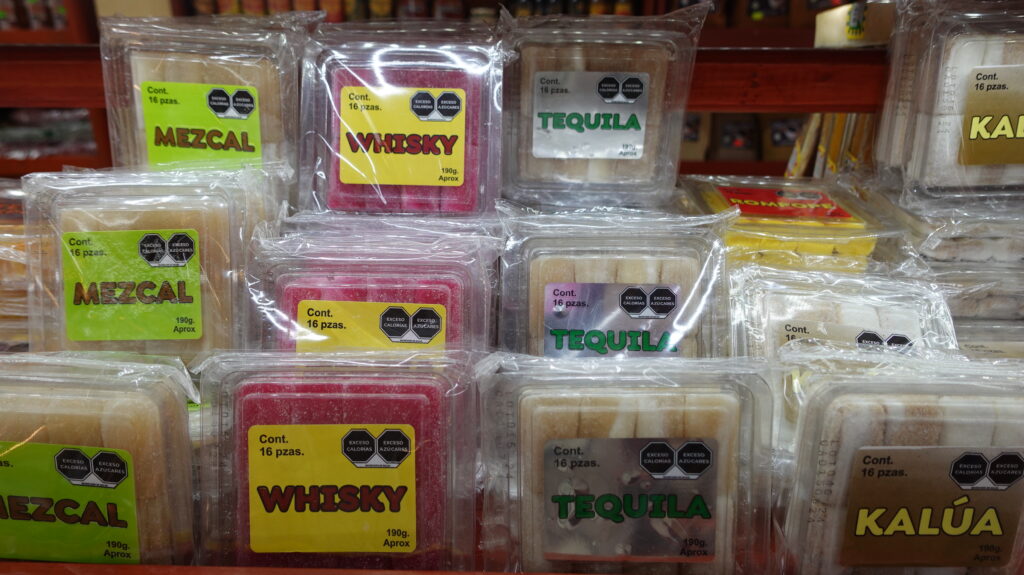
You can enjoy the magic of Mexican sweets thanks to the products that the countryside offers us, for example: sugar cane with its more than 56 million tons; cocoa with just over 26 thousand tons; walnut with more than 141 thousand tons and coconut with more than 189 thousand tons annually.
Panorama of typical traditional Mexican sweets
Typical sweets are part of Mexican culinary wealth, they represent their culture in the world and are almost always made by hand. The magic of these sweets is possible thanks to farm products such as sugar cane, cocoa, walnuts, coconuts, plants and all the foods that grow on the land of this country.
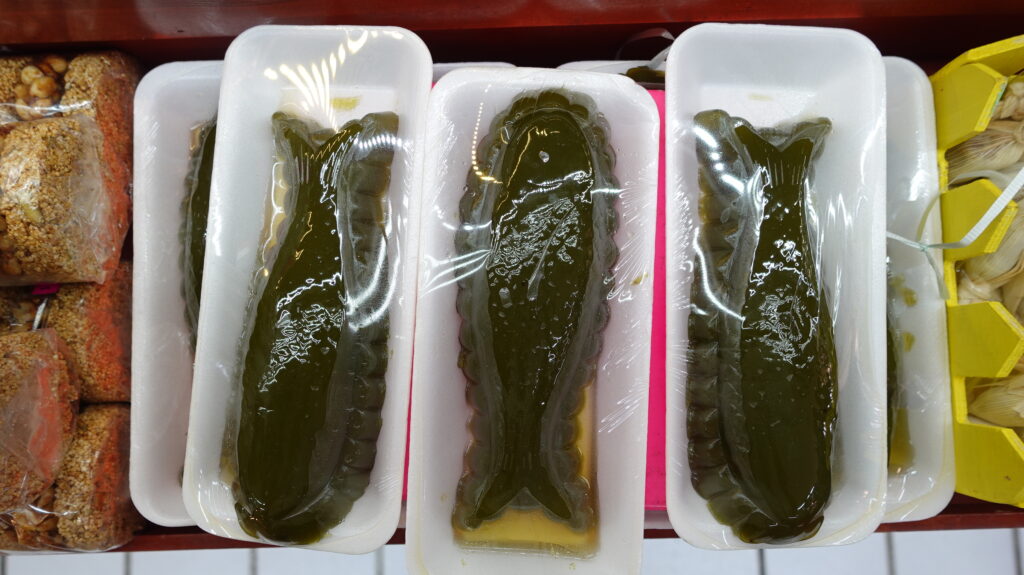
The story behind the candy tradition
You can not try a Mexican sweet without knowing its origin! We know that you have come for the recipes and we have a considerable number of them for you to start making your own Mexican sweets, but since we want to preserve the history, let us tell you a little about how they came about.
In many ancient cultures such as the Egyptian, Greek or Roman, there also existed a type of cuisine in which cheeses, fruits, honeys and nuts were combined to create sweet dishes and sweets. Over time, these preparations evolved into what we know today as desserts and cakes.
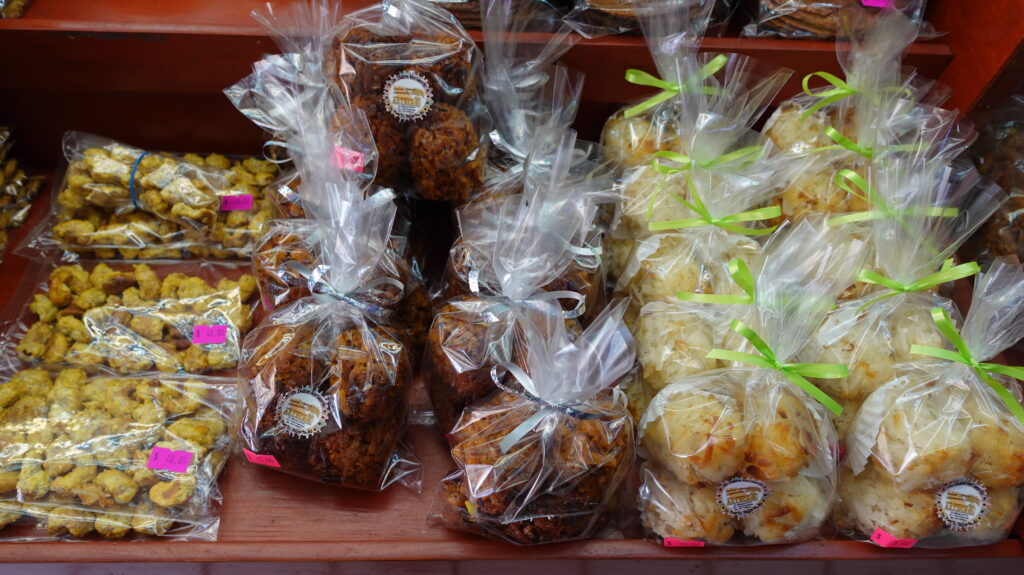
In a similar way, sweet preparations began to be devised in many of the great civilizations around the world, but although they all had in common the experimentation of sweet flavors, the results were very different in each one, due to the differences in the ingredients used in each region.
In the case of pre-Hispanic Mexico, in the street markets ingredients such as amaranth, maguey honey or piloncillo were traded. It must be remembered that typical Mexican sweets are a mestizo heritage, also formed by the arrival of the Spanish and the introduction of more foods such as sugar cane.
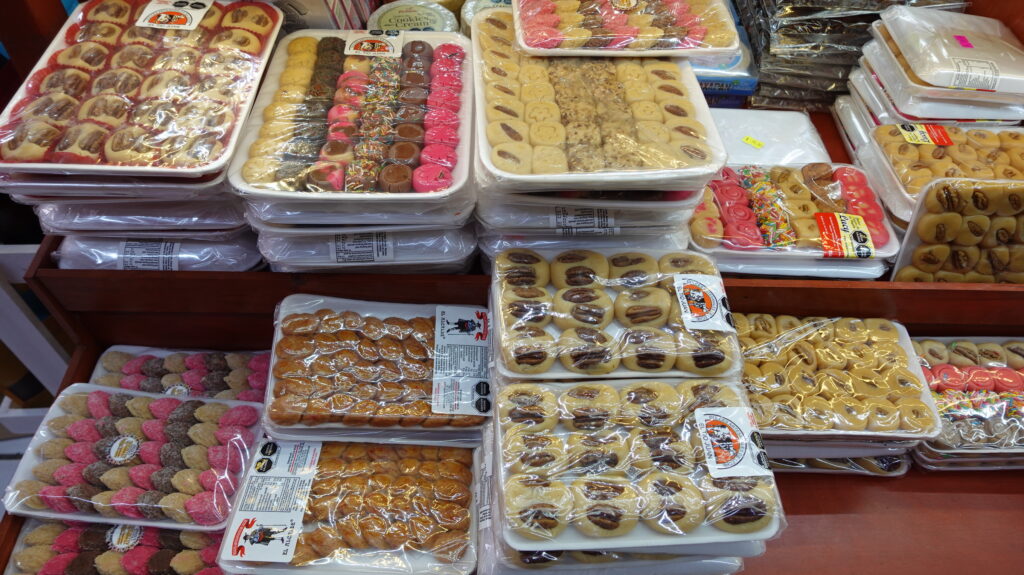
The sweets that Spanish travelers brought helped them gain strength during long expeditions, in this way they maintained their energy. To continue learning more about the history of typical Mexican sweets, register for our Mexican Gastronomy Program. Our experts and teachers will take you by the hand to learn everything about this great culinary art.
Making candies in-house, all natural
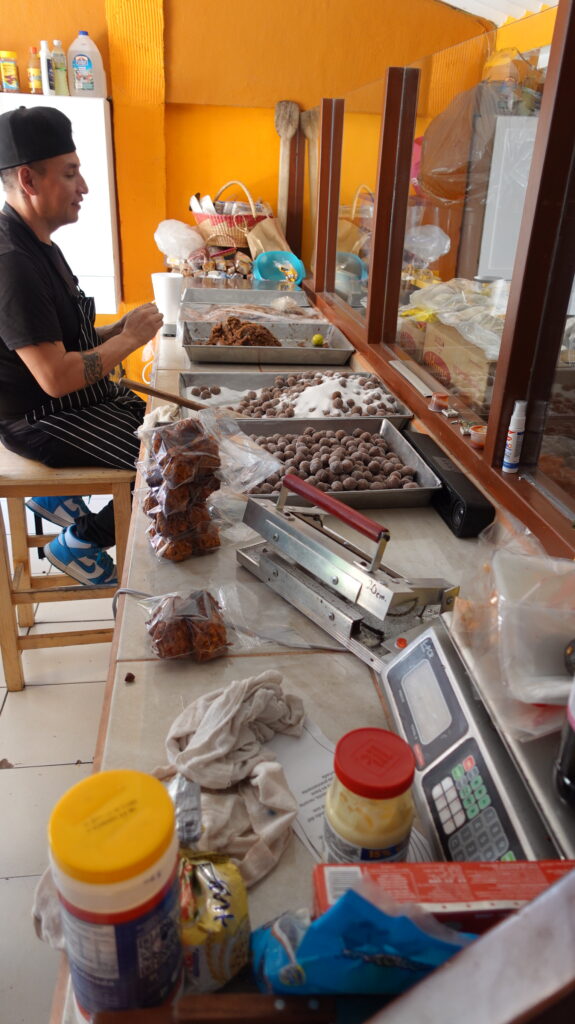
When the Spanish conquered America, they introduced their foods to be harvested in “New Spain”, as a consequence the following foods were incorporated into the popular diet: informative scheme of wheat, honey pasta to harvest sweets
The mixture of ingredients and culinary techniques set a pattern when it came to preparing different sweet dishes. Over time, this gastronomy developed even further in the convents, adapting to the events that occurred in Mexico.
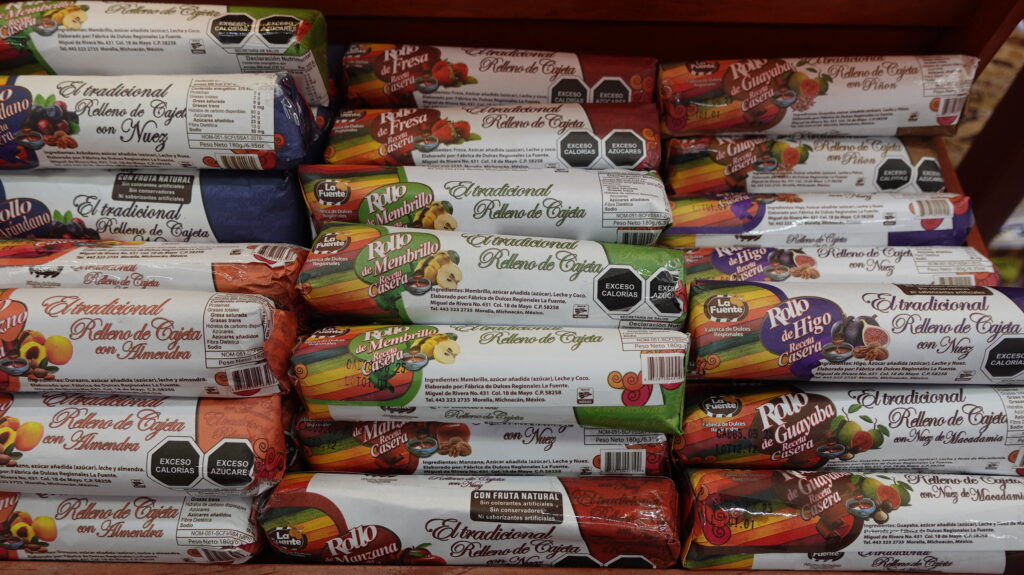
You may be interested in: Typical Mexican Food Dishes
Main typical Mexican sweets
There is something for all tastes, all ages, Mexican sweets are famous for their basic ingredients that come together to form genius.
Alegrías. Perhaps the most iconic sweet in our country, as they are not only delicious and nutritious, but they use an element of the Mexican countryside par excellence, amaranth, with an annual production of 5,625 tons.
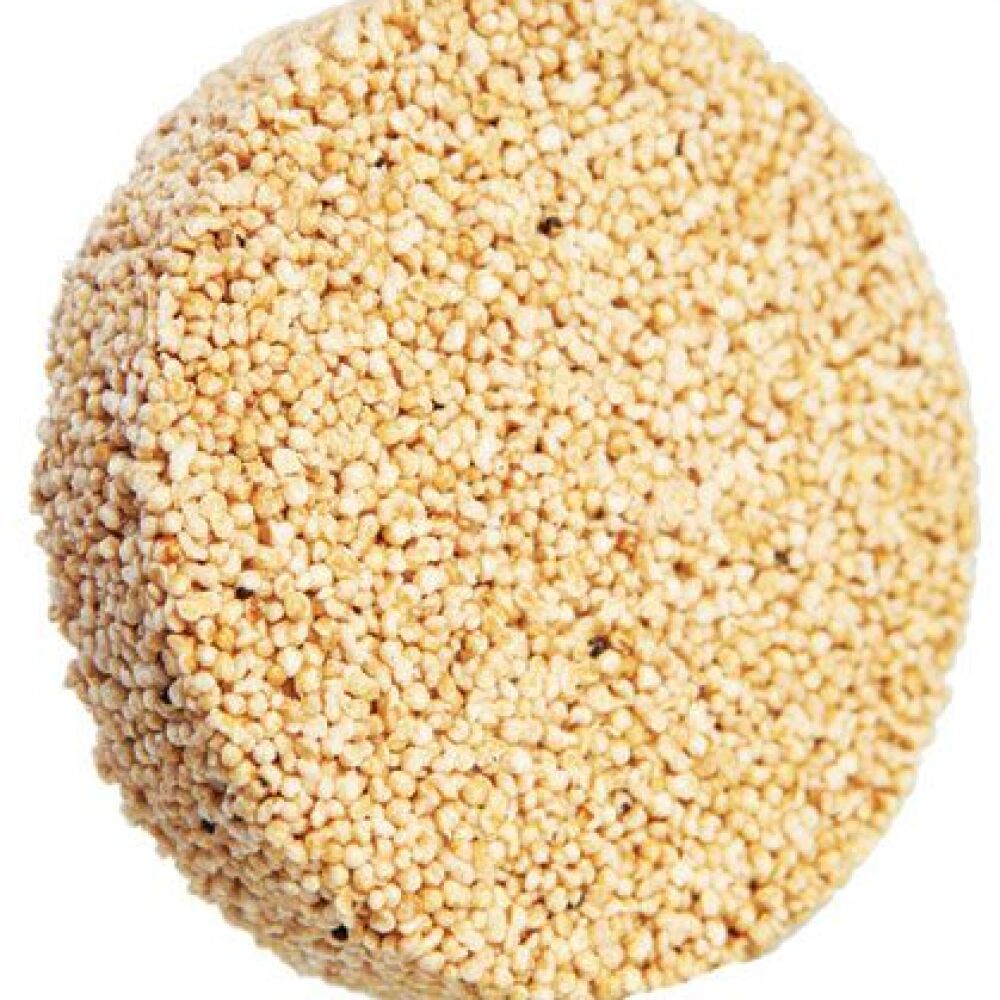
Cocadas. It is a traditional sweet made with grated coconut, sugar and milk, traditional at any time of the year.
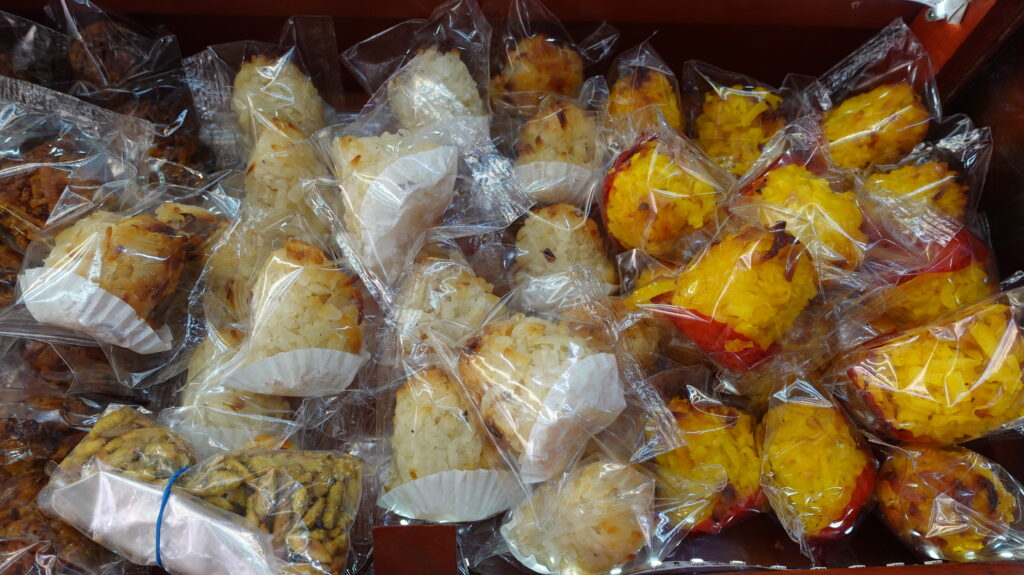
Muéganos.. Originally from Puebla, they are made from piloncillo flour and honey.
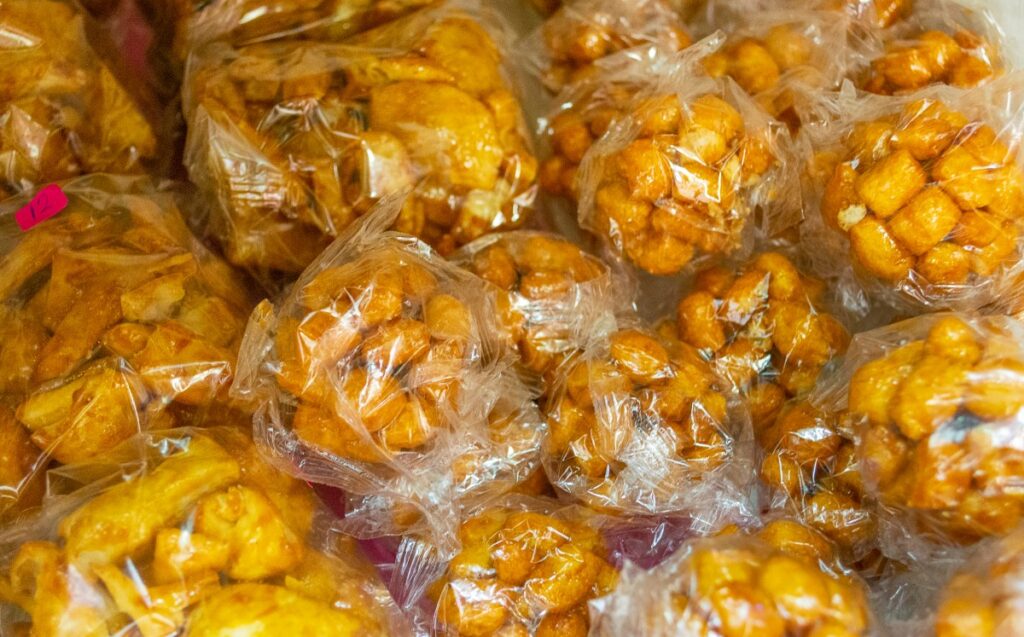
Palanquetas. Those made with peanuts are the most traditional, although we can also find them made with pumpkin seeds or pepitas, sesame or walnut, but always joined with a candy made of honey, sugar or piloncillo.

Ate. It is a sweet made from quince pulp and other fruits such as guava, originally from the state of Michoacán.
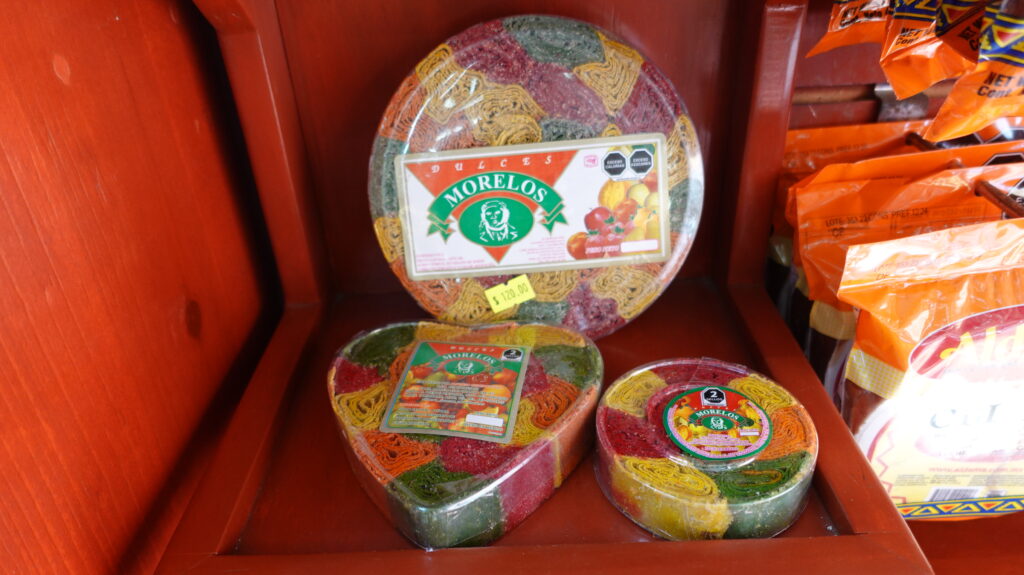
Jamoncillo. It is one of the most elaborate traditional sweets, it is made with milk, sugar, cinnamon and a copper saucepan to give it the correct cooking and flavor. They are popular in the state of Nuevo León, Durango, Sinaloa, Chihuahua, Sonora, Coahuila, Guadalajara and the State of Mexico, but they have spread throughout the country with different interpretations.
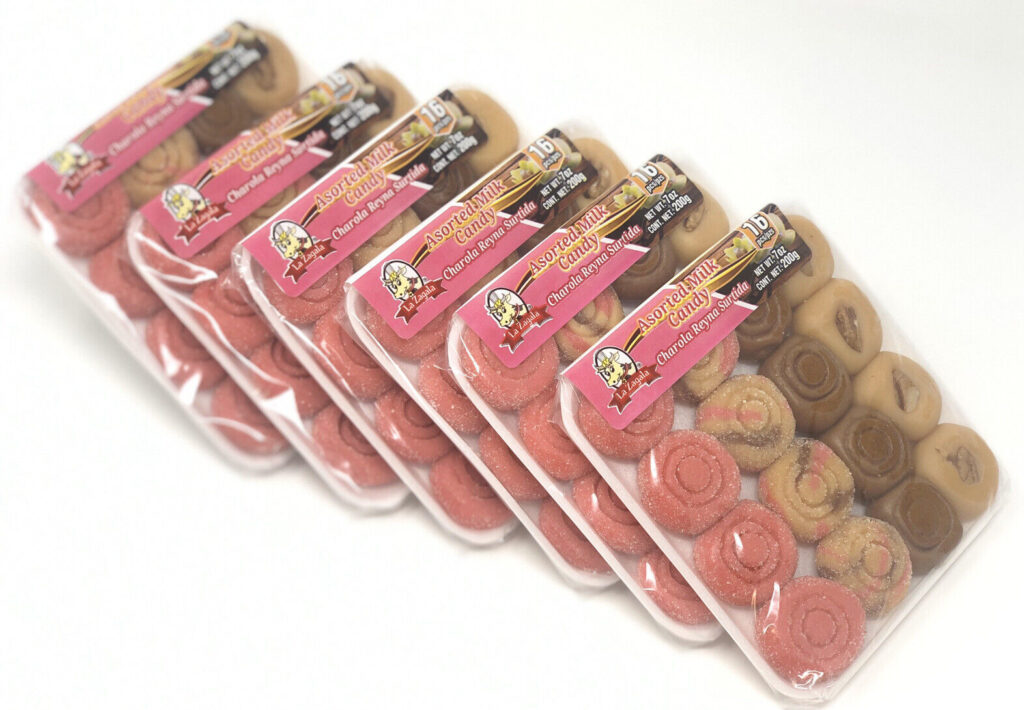
Glorias. Originally from Nuevo León, specifically from the city of Linares, it is a sweet made from burnt milk, corn honey, vanilla and chopped walnut, delicious for any occasion.
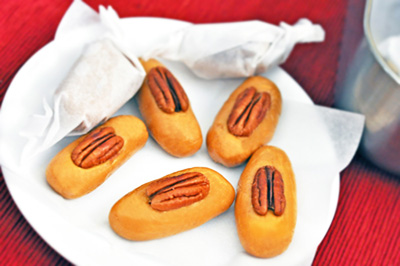
Meringues. They are an exquisite sweet that can be prepared in various shapes, such as duchesses, sighs and gullets.
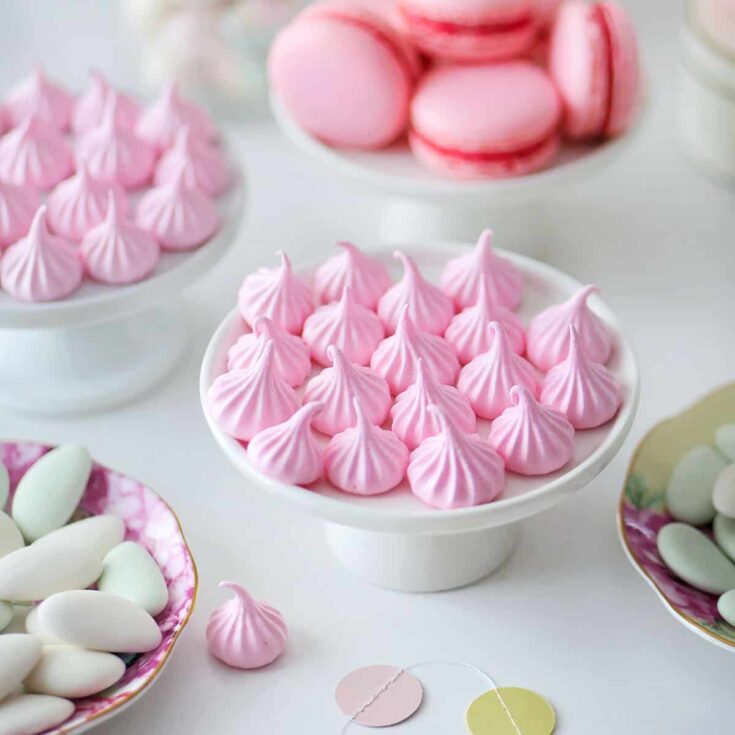
Camotes. Originally from Puebla, it is a sweet prepared with sugar, with essence of different flavors and mixed with water to generate a paste wrapped with waxed paper.
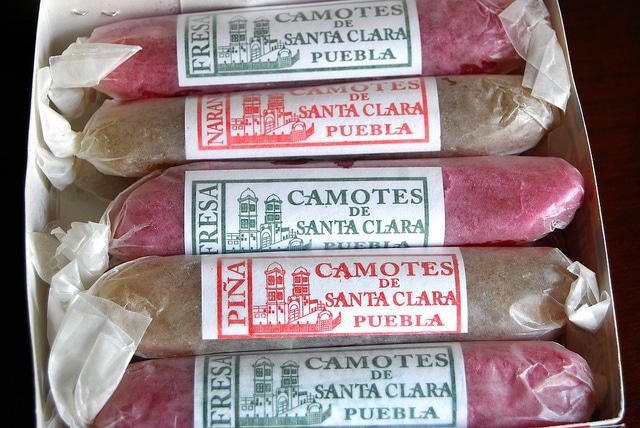
We provide information and resources for visitors to Puerto Vallarta, areas of The Riviera Nayarit and other destinations in both states of Jalisco and Nayarit . You will find variety of content, including articles, blog posts, videos, photos, descriptions and interviews, all of which are designed to help visitors plan their trip, including attractions, restaurants, and events. https://promovisionpv.com/

Visit and Subscribe to our YouTube Channel for more Puerto Vallarta – Riviera Nayarit videos: https://www.youtube.com/@promovision/videos

Web site: https://promovisionpv.com
YouTube: https://youtube.com/promovision
Instagram: https://instagram.com/promovisionpv/
Tweeter: https://x.com/promovisionpv
Threads: https://www.threads.net/@promovisionpv
Facebook: https://facebook.com/ray.dion.73
Blue Sky: https://bsky.app/profile/promovision.bsky.social
Marketing, Advertising Tourism, Restaurants, Real Estate, Events, Tours, Puerto Vallarta – Riviera Nayarit https://promovisionpv.com/marketing-advertising-tourism-restaurants-real-estate-events-tours-puerto-vallarta-riviera-nayarit-2/

